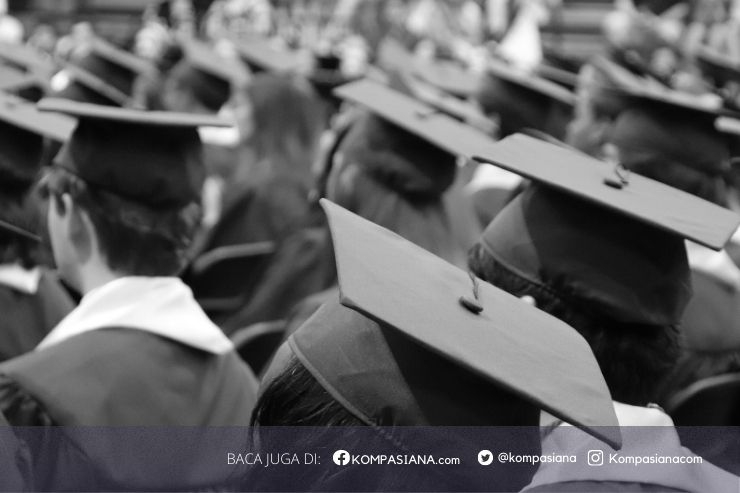Basic Framework for Islamic Educational Resource Management
Name: Pitria Pebriani/PTK Student, UIN Sunan Gunung Djati
This paper was written to fulfill a course assignment based on the CK and the module. The discussion focuses on the scientific and natural knowledge paradigms, two basic frameworks that influence the direction of research in educational management. Through this description, the author attempts to highlight how these two paradigms present different perspectives on reality, methods, and research objectives. Understanding both paradigms is expected to strengthen students' academic competencies while providing an applicative overview of educational research practices.
Foreword
This paper was written to fulfill a course assignment based on the CK and the module. The discussion focuses on the Basics of Islamic Educational Resource Management. Current phenomena indicate that although public interest in Islamic education continues to grow, not all institutions are able to adapt quickly. The quality gap between Islamic educational institutions remains quite wide. Many institutions still face limitations in terms of competent human resources, particularly in mastering modern teaching methodologies and technology.
First: Human resources are a key pillar in Islamic education. Educators must possess strong pedagogical, professional, personal, and social competencies, as well as a thorough understanding of human resource management. Continuous training, workshops, and seminars should be held regularly to improve the quality of teaching. Furthermore, human resource management includes placing educators according to their expertise, conducting transparent performance evaluations, and providing appropriate recognition to motivate them.
Second: Financial aspects are often a major challenge. The basic framework for financial management in Islamic education must be based on the principles of transparency, accountability, and efficiency. Funds can come from various sources, such as community donations, waqf (endowments), zakat (alms), infaq (infaq), sadaqah (charity), and educational fees. Good management ensures that all funds are used effectively to support teaching and learning activities, curriculum development, and facility maintenance. The use of technology for financial recording and periodic reporting is highly recommended to enhance public trust.
Third: Resources, Facilities, and Infrastructure. Adequate facilities and infrastructure significantly support the learning process. This management framework encompasses the planning, procurement, use, and maintenance of physical facilities, such as comfortable classrooms, a library with a relevant collection of books, laboratories, and a mosque as a spiritual center. The use of information and communication technology (ICT), such as smartboards or online learning platforms, is also an integral part of modern infrastructure. A clean, safe, and conducive school environment is also included in this aspect.
Fourth: Integration and Management Systems. The most important basic framework for resource management is how the three aspects mentioned above (human, financial, and facilities) are integrated into a robust system. This requires visionary leadership capable of coordinating all elements. Long-term strategic planning, regular program evaluation, and adaptation to changing needs are key to success. The goal is to create synergy between components so that Islamic education remains relevant and makes a real contribution to society.
Natizah: The basic framework for managing Islamic educational resources is a comprehensive roadmap. Everything from educator development and transparent financial management to the provision of adequate infrastructure is interconnected. By implementing this framework systematically and in an integrated manner, Islamic educational institutions can optimize their full potential to produce a generation that is not only intellectually intelligent but also virtuous and contributes positively to the community and nation.


![[pendidikan] Pelita yang Menyembuhkan](https://assets-a2.kompasiana.com/items/album/2025/08/25/filebb29e6fe-aecf-48ad-8f4f-dde2e6fe94b3-68abd02b34777c4f4e45c842.png?t=t&v=100&x=100&info=meta_related)




